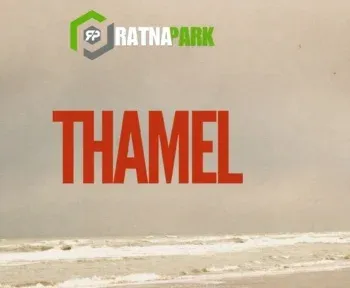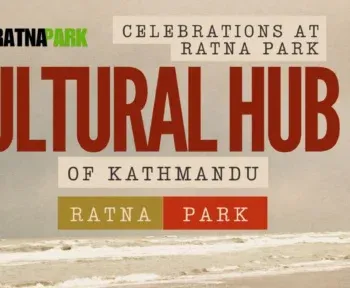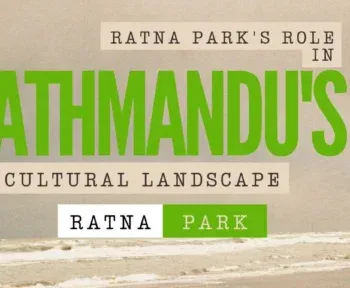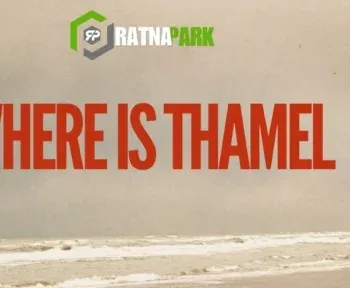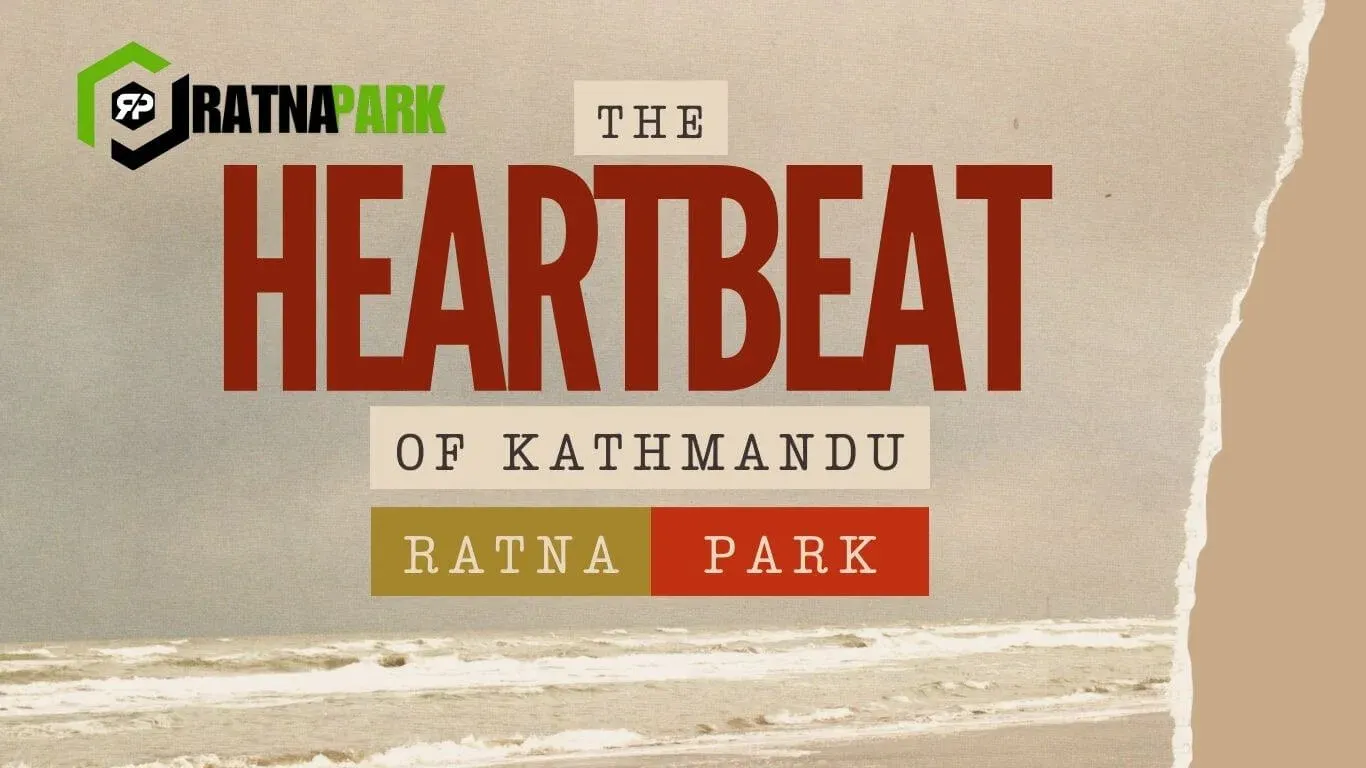
Ratna Park: The Heartbeat of Kathmandu
Nestled in the bustling heart of Kathmandu, Ratna Park stands as a verdant sanctuary amidst the city’s urban sprawl. Named after Queen Ratna, the second wife of King Mahendra, this park has evolved from a children’s playground into a symbol of Nepal’s rich history and cultural tapestry. Today, Ratna Park, also known as Sankhadhar Udyan, serves as a communal space for relaxation, political gatherings, and cultural events, reflecting the dynamic spirit of Kathmandu.
Historical Significance
Established in 1964 by King Mahendra, Ratna Park was dedicated to Queen Ratna and intended as a recreational area for children. Its strategic location between Rani Pokhari and Tudikhel made it a central point in Kathmandu’s urban layout. Over the years, the park has witnessed significant political events, including the pro-democracy movements of 1990 and 2006, where citizens congregated to voice their aspirations for a democratic Nepal.
In 2017, the Kathmandu Metropolitan City renamed the park as Sankhadhar Udyan to honor Shankhadhar Sakhwa, the founder of the Nepal Sambat calendar. Despite the official change, locals continue to affectionately refer to it as Ratna Park, underscoring its deep-rooted identity in the city’s collective memory.
Attractions and Features
Lush Greenery and Design
Ratna Park offers a refreshing escape with its well-maintained lawns, vibrant flowerbeds, and shaded seating areas. The park’s design encourages leisurely walks and provides a tranquil environment for visitors seeking respite from the city’s hustle and bustle.
Cultural and Political Hub
Beyond its natural beauty, Ratna Park serves as a venue for cultural festivals and political rallies. Its proximity to significant landmarks like Tudikhel and Rani Pokhari makes it a focal point for public gatherings and celebrations.
Accessibility
Located in central Kathmandu, Ratna Park is easily accessible via public transportation. Its central bus station connects various parts of the city, making it a convenient starting point for exploring Kathmandu’s attractions.
Visiting Tips
- Best Time to Visit: Early mornings or late afternoons offer a serene atmosphere and pleasant temperatures.
- Entry Fee: A nominal fee of NPR 50 to NPR 75 is charged for entry .
- Safety: While the park is generally safe, it’s advisable to stay vigilant and keep personal belongings secure.
- Nearby Attractions: Consider visiting the adjacent Rani Pokhari and Tudikhel for a comprehensive cultural experience.
Community and Cultural Impact
Ratna Park’s role extends beyond recreation; it embodies Kathmandu’s evolving identity. The park has been a silent witness to Nepal’s political transformations and continues to be a space where history, culture, and community converge. Its enduring presence in the city’s landscape highlights the importance of preserving such urban green spaces for future generations.
Conclusion
Ratna Park remains an integral part of Kathmandu’s urban fabric, offering a blend of natural beauty, historical significance, and cultural vibrancy. Whether you’re a local resident or a traveler exploring Nepal’s capital, a visit to Ratna Park provides insight into the city’s soul and its people’s resilience.
For more information on Kathmandu’s attractions and travel tips, visit ratnapark.com.




